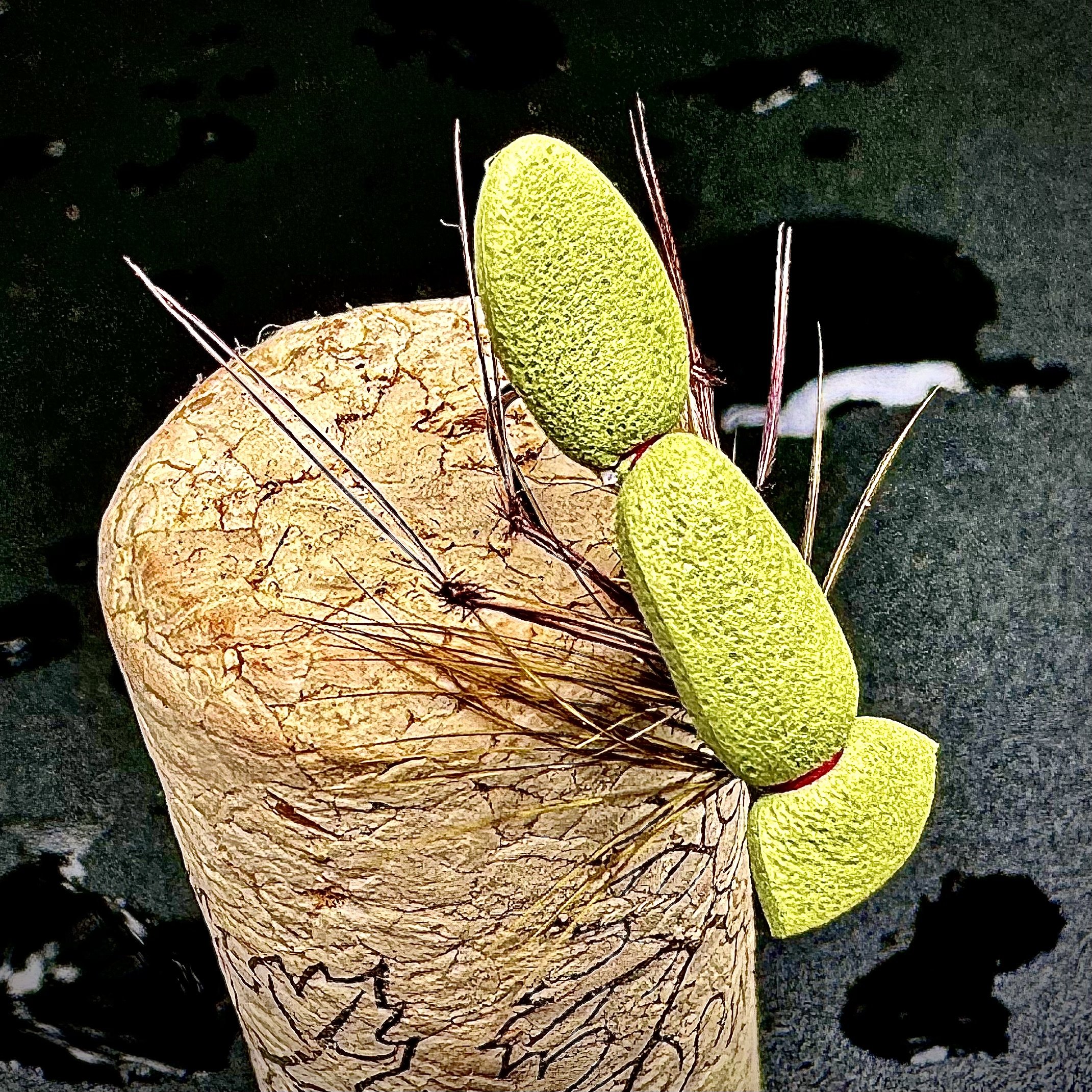My first fly fishing show of 2025 is the Virginia Fly Fishing and Wine Festival. This unique event allows anglers to learn about fly fishing in a beginner-friendly environment. It combines fine wine tasting, microbrewery beer, and everything you ever wanted to know about fly fishing but were afraid to ask.
Read moreThe Perfect Fly Rod for Panfish
The perfect fly rod for all species of panfish. The JP Ross Special edition Toad 7'-6" 4-weight.
Hands down, the most frequent question I am asked is what is the ideal rod for chasing panfish. Before I answer that question, we need to consider our quarry. Panfish is a term that covers a broad range of fish, including members of the sunfish family, including crappie, rock bass, and warmouth, as well non-sunfish like white and yellow perch, white bass, yellow bass, Rio Grande Cichlids, and several other smaller freshwater fish.
Read moreThe Orvis Fly Fishing Guide Podcast with Tom Rosenbauer
I had the pleasure of appearing on the Orvis Fly Fishing Guide Podcast for the second time. In this episode, Tom Rosenbauer and I discuss late-season fly fishing tactics for panfish. The episode dropped this week, and you can listen to it by clicking the button below or finding it on your favorite podcast player.
Flat Daddy Gurgler
The Flat Daddy Gurgler. A buggy looking terrestrial pattern for panfish,
The original Flat Daddy is the perfect fly for spooky, shallow-water panfish. It lands lightly on the water and can be cast easily with two and three-weight rods. The fly has a very subtle action on the water, diving slightly when retrieved without creating a lot of disturbance that may spook fish in the shallows. It is the perfect early spring topwater fly pattern. Fast-forward to mid-summer, the fish have left the shallows and are now holding in deeper water. You need to get their attention to bring them to the surface now. Enter the Flat Daddy Gurgler.
Read moreSurviving The Off Season
There is no other way to put it. If you are a fly fisher, winter sucks. Sure, you can trudge through the snow, dealing with your fly line frozen in the guides of your fly rod, and suffer the pitfalls of hyperthermia to catch a few sluggish trout. But what if your favorite quarry is a sunfish? I don't know about you, but staring at a hole in the ice just doesn't cut it for me. So how do you get through the off-season without going crazy?
Read more



